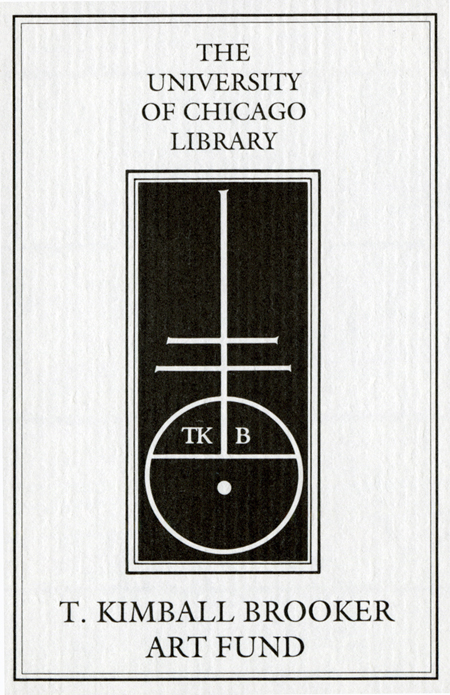| Summary: | "This collaborative collection considers the 'packaging,' presentation, and consumption of medieval manuscripts and early printed books in Europe 1350-1550. By 'packaging,' we refer to the separate tasks of putting late medieval and early modern texts together (writing, abstracting, editing, correcting, illustrating, printing, and/or binding) or the repackaging of older texts for contemporary audiences. The term 'consumption' is frequently used in the context of luxury manuscripts or printed books produced for wealthy owners and may be read metaphorically to apply to a range of texts or to one text. 'Consumption' may also be treated literally: bibliophagia, or consumption by time, worms, fleas, fire, or censors. The three strands are interdependent, and highlight the materiality of the manuscript or printed book as a consumable, focusing on its 'consumability' in the sense of its packaging and presentation, its consumers, and on the act of consumption in the sense of reading and reception or literal decay. Within these thematic strands, papers variously consider the transition from script to print, bibliographic issues, and the movement between French and English texts (as well as vice versa), and audiences. The papers collected here also cover other aspects of the history of European manuscripts and printed books from 1350-1550, including the copying and circulation of models and exemplars, style, illustration, and the influence of readers and patrons, artists, scribes, printers, and gender"--Publisher description.
|
|---|

